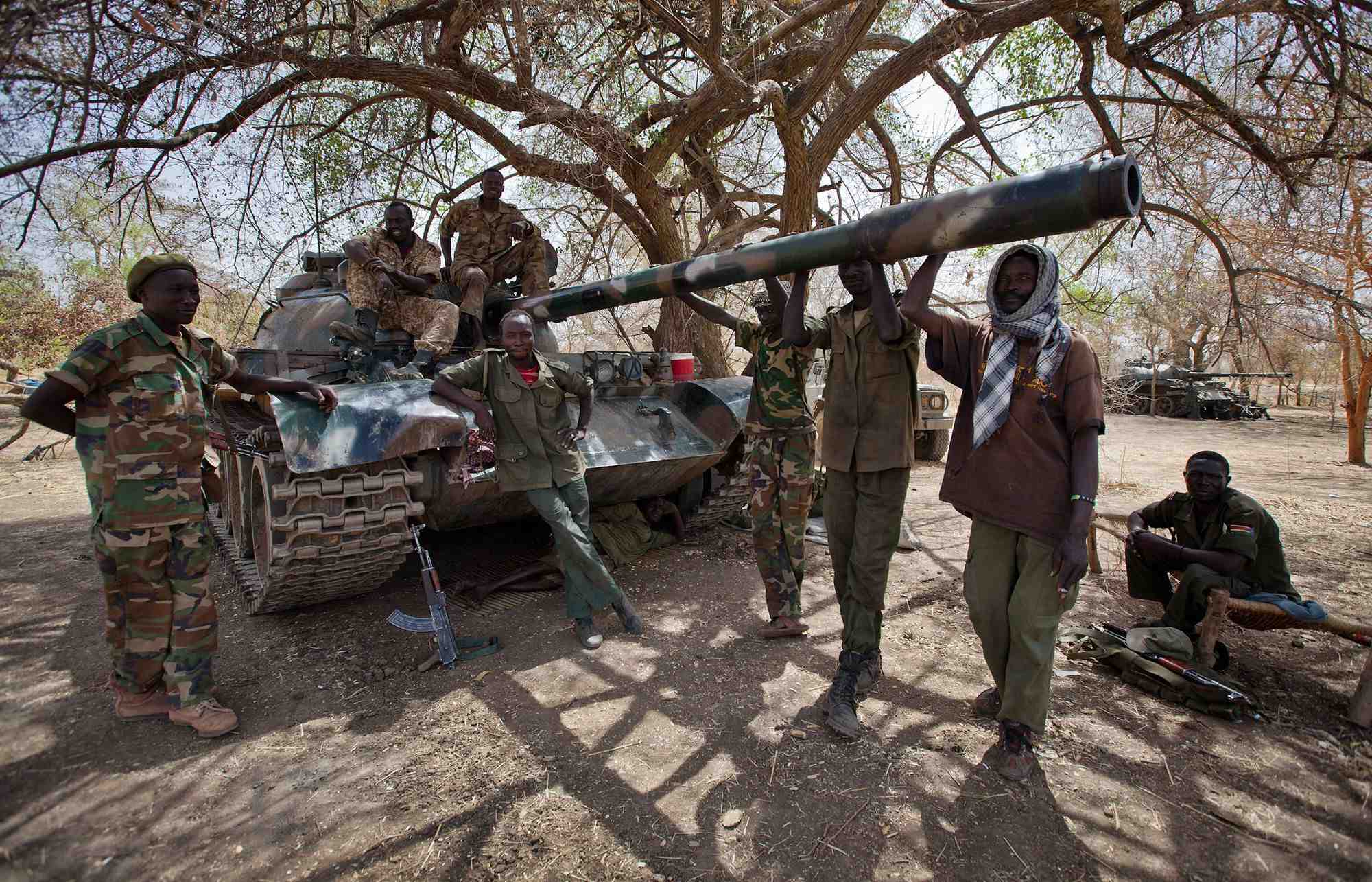
What was the Heglig Crisis? The Heglig Crisis was a conflict between Sudan and South Sudan in 2012 over the oil-rich region of Heglig. This area, also known as Panthou, became a flashpoint after South Sudan gained independence in 2011. Both nations claimed ownership, leading to military clashes and heightened tensions. The fighting caused significant damage to oil facilities, disrupting production and impacting both economies. The crisis drew international attention, with the United Nations and African Union urging peace. A ceasefire was eventually brokered, but the dispute highlighted ongoing border issues and the fragile peace between the two countries.
Key Takeaways:
- The Heglig Crisis was a conflict between Sudan and South Sudan over an oil-rich region. It led to fighting, displacement of civilians, and economic impact, but eventually, diplomatic efforts helped resolve the crisis.
- International organizations and countries played a crucial role in mediating the Heglig Crisis, highlighting the importance of peaceful resolution and the need for clear border demarcation between Sudan and South Sudan.
Background of the Heglig Crisis
The Heglig Crisis was a significant conflict between Sudan and South Sudan in 2012. It revolved around the disputed oil-rich region of Heglig. Understanding the background helps grasp the complexity of the situation.
- The Heglig region is rich in oil, making it a valuable asset for both Sudan and South Sudan.
- South Sudan gained independence from Sudan in 2011, leading to unresolved border disputes.
- Heglig, also known as Panthou in South Sudan, became a flashpoint due to its economic importance.
- The crisis began in April 2012 when South Sudanese forces occupied Heglig.
- Sudan responded with military force, leading to intense fighting between the two nations.
Key Events During the Heglig Crisis
Several critical events marked the timeline of the Heglig Crisis. These events shaped the course of the conflict and its eventual resolution.
- On April 10, 2012, South Sudanese forces captured Heglig, escalating tensions.
- Sudan launched a counter-offensive on April 15, 2012, to reclaim Heglig.
- The United Nations and African Union called for an immediate ceasefire during the conflict.
- On April 20, 2012, Sudan announced it had recaptured Heglig.
- South Sudan claimed it withdrew voluntarily to avoid further conflict.
International Reactions and Mediation Efforts
The international community played a crucial role in mediating the Heglig Crisis. Various organizations and countries intervened to prevent a full-scale war.
- The United Nations condemned the violence and urged both sides to negotiate.
- The African Union appointed former South African President Thabo Mbeki as a mediator.
- The United States and European Union imposed sanctions on both Sudan and South Sudan.
- China, a major investor in Sudanese oil, called for peaceful resolution.
- The crisis highlighted the need for clear border demarcation between Sudan and South Sudan.
Impact on Civilians and Humanitarian Concerns
The Heglig Crisis had severe consequences for civilians in the region. The conflict led to displacement, loss of life, and humanitarian challenges.
- Thousands of civilians were displaced due to the fighting.
- Humanitarian organizations faced difficulties in delivering aid to affected areas.
- The conflict exacerbated existing food shortages in both countries.
- Many civilians suffered from lack of access to medical care during the crisis.
- The crisis drew attention to the broader humanitarian issues in Sudan and South Sudan.
Economic Consequences of the Heglig Crisis
The Heglig Crisis had significant economic repercussions for both Sudan and South Sudan. The conflict disrupted oil production and trade, impacting their economies.
- Oil production in Heglig was temporarily halted due to the fighting.
- Both countries experienced a decline in oil revenues, affecting their economies.
- The crisis led to increased military spending, straining national budgets.
- Trade between Sudan and South Sudan was severely disrupted.
- The economic impact of the crisis highlighted the interdependence of the two nations.
Resolution and Aftermath of the Heglig Crisis
The resolution of the Heglig Crisis involved diplomatic efforts and agreements between Sudan and South Sudan. The aftermath of the conflict had lasting effects on their relations.
- In September 2012, Sudan and South Sudan signed agreements on security, oil, and border issues.
- The agreements included a demilitarized border zone and resumption of oil production.
- The crisis underscored the importance of international mediation in resolving disputes.
- Relations between Sudan and South Sudan remained tense but improved gradually.
- The Heglig Crisis served as a reminder of the fragile peace between the two nations.
The Impact of the Heglig Crisis
The Heglig Crisis left a lasting mark on Sudan and South Sudan. It highlighted the fragile peace between the two nations and the importance of Heglig's oil resources. The conflict strained international relations, drawing attention from the United Nations and African Union. Both countries faced economic challenges due to disrupted oil production, affecting their economies and citizens' livelihoods.
The crisis also underscored the need for clear borders and resource-sharing agreements. Despite the tension, it pushed both nations to engage in dialogue, leading to the 2012 Cooperation Agreement. This agreement aimed to resolve disputes and foster cooperation.
Understanding the Heglig Crisis helps grasp the complexities of Sudanese and South Sudanese relations. It serves as a reminder of the delicate balance required to maintain peace and stability in regions with shared resources and historical conflicts.
Frequently Asked Questions
Was this page helpful?
Our commitment to delivering trustworthy and engaging content is at the heart of what we do. Each fact on our site is contributed by real users like you, bringing a wealth of diverse insights and information. To ensure the highest standards of accuracy and reliability, our dedicated editors meticulously review each submission. This process guarantees that the facts we share are not only fascinating but also credible. Trust in our commitment to quality and authenticity as you explore and learn with us.
